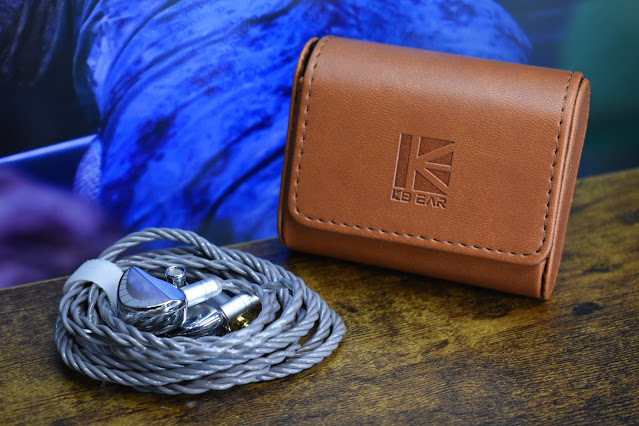- Get link
- X
- Other Apps
English | Español
Also available on YouTube in Spanish: Acho Reviews YouTube
The KBEAR Qinglong have been sent to my by Keephifi in exchange for the publication of this review. Keephifi have not made any specific requests and my review will aim to be as sincere and unbiased as always. However, it is always good to remember that it has not cost me anything to try these IEMs.
The KBEAR Qinglong can be found via Keephifi here: https://keephifi.com/products/kbear-qinglong
The link, as with all of the links that I publish, is a non affiliate link, meaning I do not benefit from the link in any way.
Intro…
KBEAR is a brand that have been around for a while and they have released quite a few models, spanning a range of prices from the extremely low cost up to models in the multiple hundreds. I have reviewed a few of their sets and although none of them have been ground breaking, they have been decent IEMs.
The Qinglong is their latest release, which come in at just under 60€, on the Keephifi website, at the time of writing this review. That places them just outside the sub 50€ bracket that I consider the extreme budget category, yet they can still be considered quite an economic set of IEMs.
The Qinlong use what the call a 10mm PU+PEEK HD Composite Diaghpragm which, being totally honest, I have no idea what it actually is. For simplicity’s sake, let’s just say it is a single dynamic driver IEM with some fancy technology 😉
Presentation…
The contents that come bundled with the Qinglong are nothing extraordinary but are more than adequate for a set of IEMs in their price range. A simple white box featuring some dragon style artwork and showing the brand and model (in English and Chinese, which, if my google-fu doesn’t fail me, means blue dragon), opens to reveal the IEMs in a felt covered cutout.
Below the top layer we receive a nice storage/transport case, the cable, 6 sets of sillicone tips and a microfiber cloth.
As I said, nothing out of the ordinary but certainly enough to not have any complaints about presentation.
Build and aesthetics…
The IEMs shells are made of aluminum alloy (aviation grade 7, according to their spec) and while they are farily simple in shape, they do have a slight angle and a shape that makes them quite original.
The shells have a mirrored finish, which is obviously something that attracts finger prints at crazy speeds, with the brand and a design in matte silver, again, simple but enough to have a bit of originality. They are not the lightest of IEMs but they are far from heavy and I find that the shape and weight is comfortable even for longer sessions.
The included cable has originality also, or at least I haven’t come accross this type of cable before. It is a simple 4 core twist, that later splits into two 2 core twists, and is covered in a grey plastic or silicone type material. While it is not my favourite cable, I find that I prefer it to a lot of the other cables included with IEMs, including those from KBEAR.
Sound…
All tracks mentioned are clickable links that allow you to open the reference track in the streaming service of your choice (YouTube, Tidal, Spotify, etc.)
Let’s start off by taking a look at the graph in comparison to my usual personal preference curve. I know I have said this before (many times) but I still get asked, so let me remind you that my personal target is just a guide as to my general preferences, it is by no means a rule. In other words, there are things that deviate quite a bit from my target and I like, and other things that are much closer to my target that I don’t. Again, this is just a guide for reference.
In the subbass regions there is enough and it is kept clean when dealing specifically with subbass frequencies. By this, I mean that when tracks, such as my usual “Chameleon” test are focused on subbass, then the Qinling do a decent job of keeping the subbass clean and defined. However, when the subbass and midbass sum together, I find that things can become a little overwhelming in the lower ranges. No specifically in the subbass range, more of the whole subbass when it is busy in these lower ranges.
In the midbass section, I actually expected to dislike these more than I do. I find that the midbass is nicely detailed and controlled, except when coming across situations like I just described under subbass. When both the subbass and midbass zones are busy, th Qinglong start to lose definition and struggle to keep things as clean.
A lot of the music that I listen to (depending on the day and mood) is not really busy in the lower subbass ranges and I find that in this case, these IEMs do a very good job or providing clean and detailed subbass. Even busy tracks with complex bass lines are easily appreciated, making for a very pleasant lower range.
Moving into the mids, again these are nice and clean, as long as that low end is not suffering. In the case of music that focuses on midbass and lower midrange, the response is quick, clean and detailed. Yet, in the case of those overpowering low ranges, they can bleed a little into the lower mids.
The center of the mids does have a little dip which is actually not too apparent. I would have thought that certain vocals, especially in the case of female vocals, would lose a little warmth in their lower ranges due to that dip but I haven’t found it to be the case. The backing vocals in “Strange Fruit” may not be the warmest but Ihaven’t found it to be something that jumps out at me while listening in general.
As we reach the higher end of the mids, here I do find that the Qinglong is just a little too hot between the 2kHz and 3kHz mark. This can make voices, especially those that are already harsh such as Beth in “Don’t You Worry Child” to come across just a little too spicy. It is not terrible, even Beth is listenable (which isn’t always the case), but I would much prefer them to be tamed a little more in these regions.
The 5kHz region is tamed, which is something that I am greatful for, and while there is a bit of a roll off, there is still enough presence in the higher ranges for them to provide a decent sensation of air.
The thing that I have found most impressive with the Qinglong are the details. These are a set of IEMs that provide a good sensation of detail, which is paired with good image placement and a soundstage that I find to be a little above average.
With tracks such as “Strange Fruit” (that I already mentioned), “Sittin’ on the Dock of the Bay” or even “I Concentrate on You”, it is nice to be able to appreciate the little nuances of the recordings. These are not the most detailed IEMs I have ver heard but they are well above the average of many other sets in similar price brackets.
As far as isolation goes, they are above average in all of the frequency ranges. They are not going to give you ANC levels of isolation but they are still better than many other sets.
Conclusion…
KBEAR have done a good job with these IEMs, they have just missed a couple of things to make the a very good set. The first being that sensation of “lack of control” when subbass and midbass get busy at the same time, and the second being that extra bit of spice in the upper midrange, which could have been tamed just a little.
I have been happily impressed by the level of detail, along with a decent sound stage and good image placement, they reproduce a lot of my vocal focused (especially live) tracks well and I have enjoyed putting them through their paces in this regard.
All FR measurements of IEMs can be viewed and compared on achoreviews.squig.link
All isolation measurements of IEMs can be found on achoreviews.squig.link/isolation
To comment or contact, visit any of the following social media platforms:
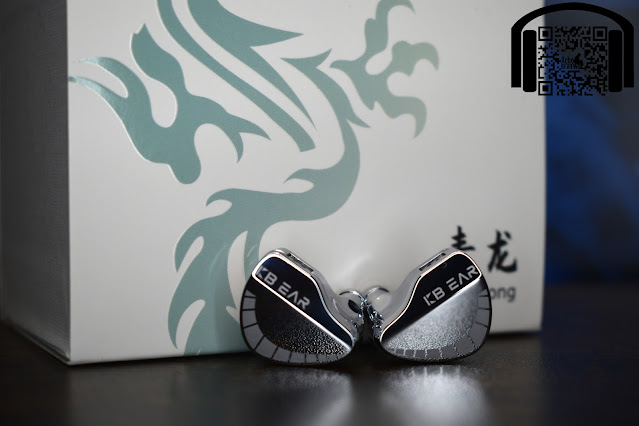
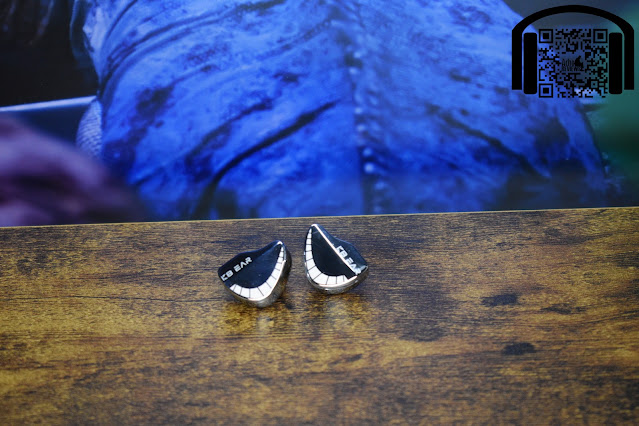
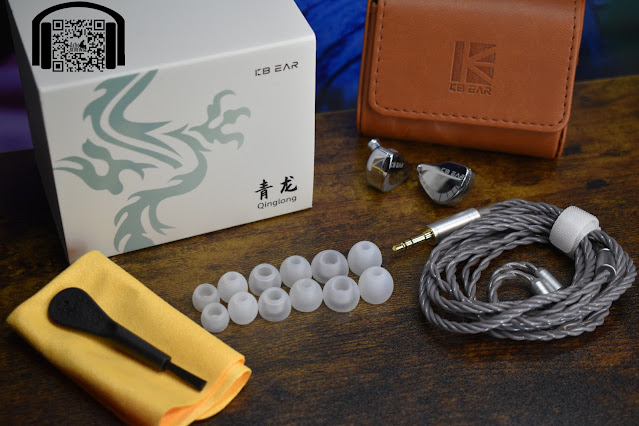

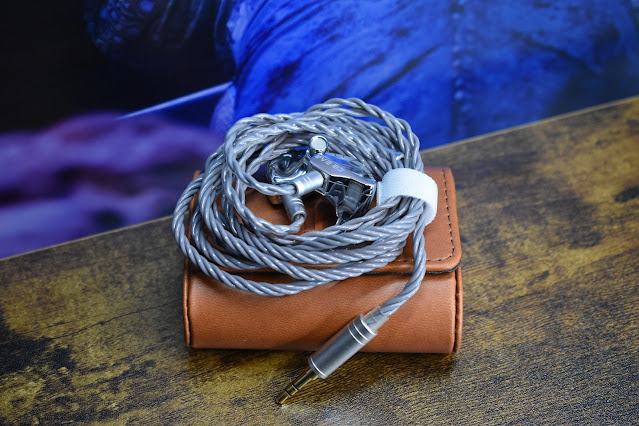
.png)
.png)
